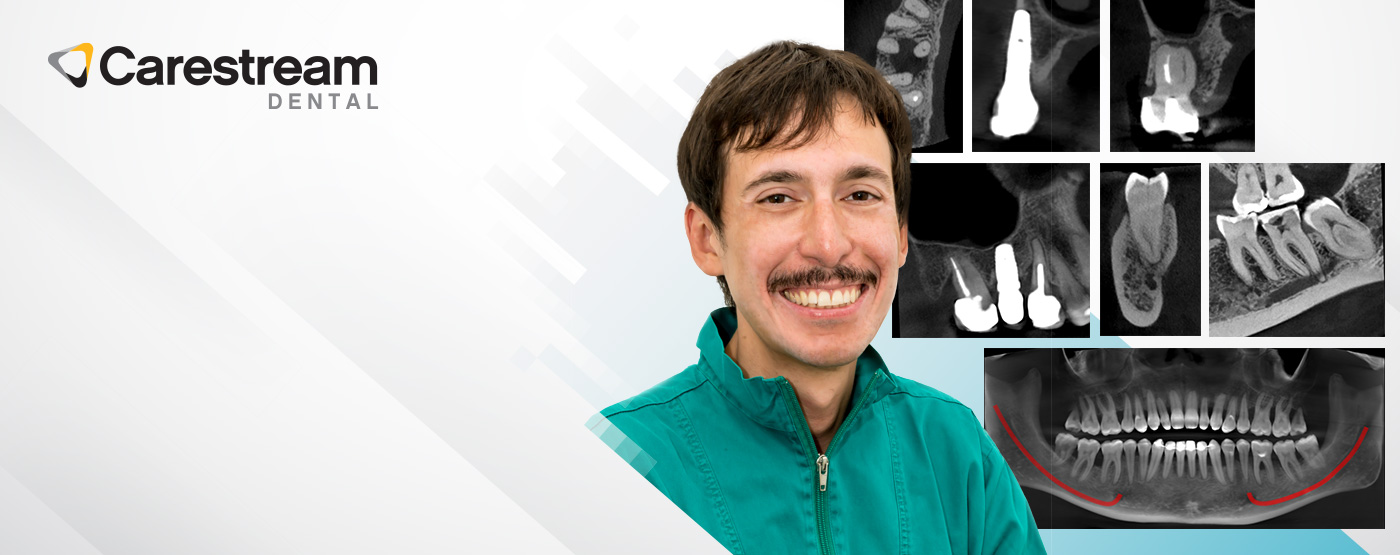Industry Trends for 2024: Premium 3D Image Quality Makes the Difference

When we think about how far we’ve come in dentistry, it’s easy to get excited about the future. Leading that technological advancement has always been three-dimensional cone beam computer tomography (CBCT); which, in most dental disciplines today, is essential for accurate clinical diagnosis. Whether a patient requires restorative, endodontic or implantology treatment, CBCT images form the basis of clinical diagnosis and patient treatment plans. Moreover, all specialties can benefit high quality 3D images. So, while we excitedly look to 2024 for the next big thing in dentistry, let’s take a moment to appreciate what serves as the basis for so many of the latest technological advancements: High-resolution 3D imaging.
As Plato says: “The beginning is the most important part of the work.” Failure at the first step could lead to errors that will only cause complications during planning and treatment. That’s why quality DICOM files—the standard file format for a CBCT scan—are vital. They serve as the foundation in most digital workflows, and it quickly becomes apparent that only the most precise data will do. That’s why I believe advanced CBCT systems and their imaging software will become even more important in the coming years. And it’s the quality of the scans that will really make the difference.
To take 3D imaging even further in 2024, I’d like to see developments in expanding the capabilities of metal artifact reduction, whilst maintaining image quality to ensure compatibility with AI-based applications. I would also love to see motion artifact reduction intelligence, as our aging patient base can prove challenging in this area. So, while today—after more than decade of use in dentistry—we may think of a 3D scan as “basic,” research and development of CBCT should always keep advancing.
As the new president of the Digital Dentistry Society, I am fortunate to be at the forefront of digital advancements for optimal treatment outcomes and patient care. I have seen firsthand the exciting new trends in our future, with advancements in artificial intelligence, mixed reality and robotics—three disruptive technologies that will have dramatic impact the future of dental medicine. And yet, none of them would be possible without high-quality 3D imaging; it’s crucial for successful integration in digital workflows. With CBCT imaging as the foundation, we are about to see some particularly groundbreaking technologies that will change the world of dentistry for the benefit of our industry and ultimately, our patients’ treatment and clinical outcomes.
To learn more about high-quality 3D imaging, visit here.
Contributors

Categories
- 3D Imaging Systems
- Carestream Dental
- Tips and Best Practices
Share





